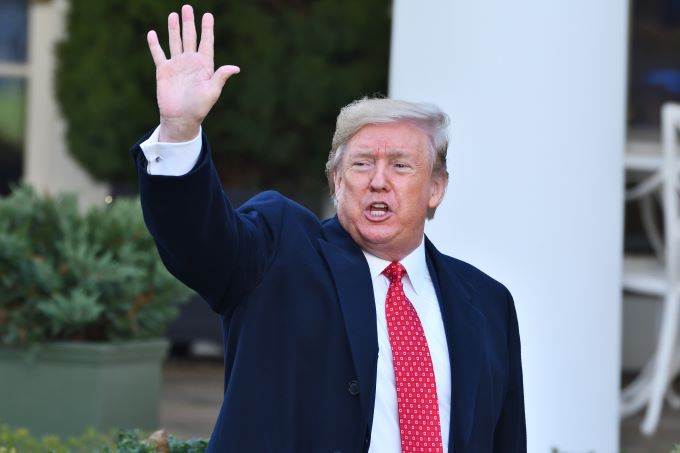 Just under a week ago, President Donald Trump authorised a drone strike near Bagdad airport which killed a senior Iranian general, Qaseem Suleimani. The act was an assassination of a senior figure in the armed services of a nation, Iran, with which the USA was not formally at war with. The justification of the act was that the general was the mastermind behind numerous terrorist attacks that Iran had sponsored through its surrogates and that the USA had intelligence suggesting that Suleimani was actively orchestrating another attack that would affect the US or its allies – in short, it was a justifiable act of “self-defence”.
Just under a week ago, President Donald Trump authorised a drone strike near Bagdad airport which killed a senior Iranian general, Qaseem Suleimani. The act was an assassination of a senior figure in the armed services of a nation, Iran, with which the USA was not formally at war with. The justification of the act was that the general was the mastermind behind numerous terrorist attacks that Iran had sponsored through its surrogates and that the USA had intelligence suggesting that Suleimani was actively orchestrating another attack that would affect the US or its allies – in short, it was a justifiable act of “self-defence”.
Whatever the ins and outs of the justifiability of the attack, it was certain that Iran would engage in some form of retaliation against US interests either in the Middle East or further afield. The exact extent and nature of any reprisal attack brought with it the chance that the US would escalate the conflict – indeed, Trump publicly stated that the US had identified 50 targets some of which held cultural significance that would be struck in the event of Iranian retaliation. Events caused the price of crude oil to rise, stock markets to slip and forex investors to move to safe haven currencies.
The Iranians did engage in a direct strike against tow US and coalition bases in Iraq with missiles fired from within its own territory. A total of 16 missiles were fired from 3 locations within Iran at 02:00 local time on Wednesday. 11 weapons hit the air base in Al Asad, near Bagdad and at least one struck a base in Ibril. Whilst there was destruction of facilities and equipment, there were no reports of US or coalition personnel, a result US forces declared to be as a result of its early warning systems.
Both the US and Iranian authorities seem willing to draw a line under the episode, but tensions in the region remain high.
